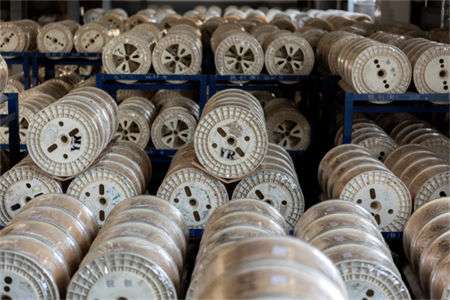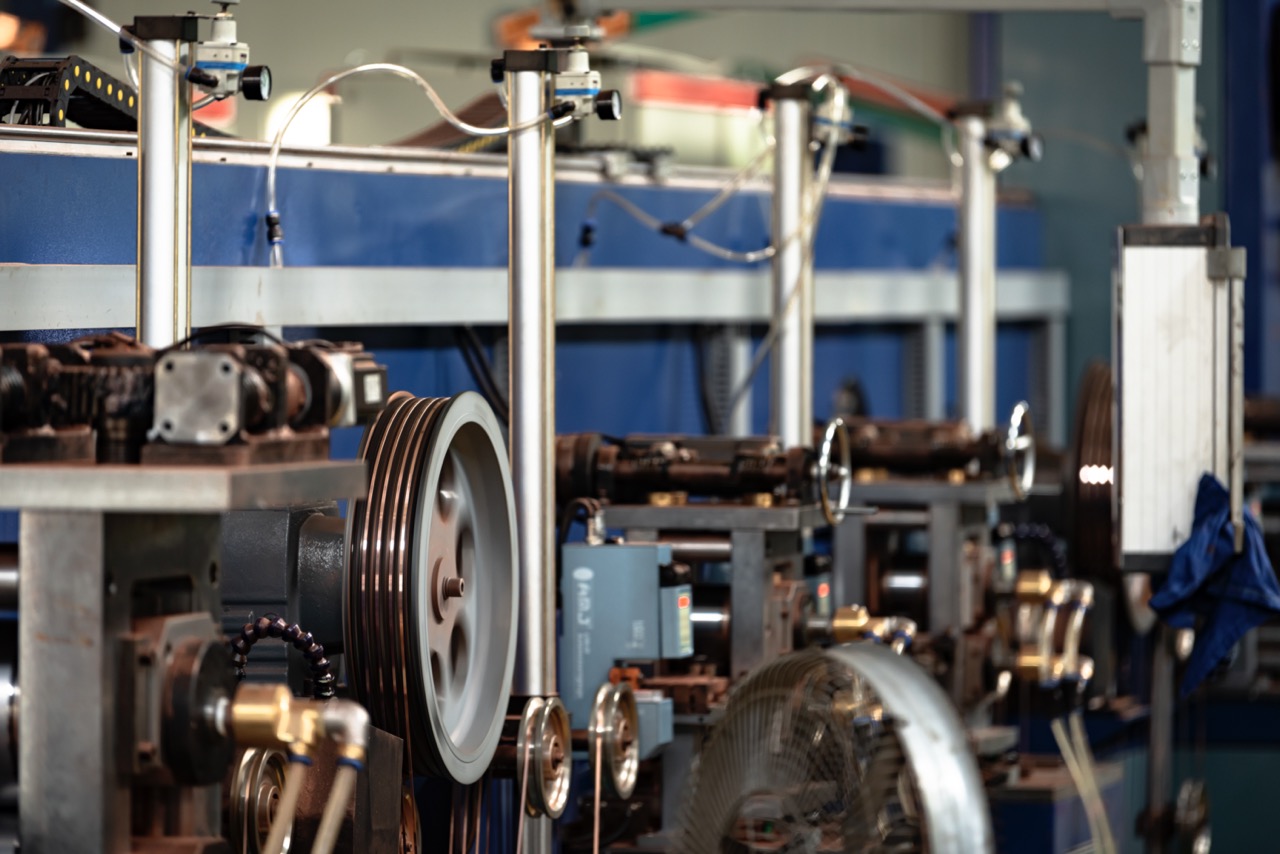BC battery (Back Contact Solar Cell)Photovoltaic welding ribbonIt is an important material for connectingSolar CellsThe back electrode of the cell on the sheet. This photovoltaic ribbon plays a key role in BC cells, because the special design of BC cells requires that the front surface of the cell sheet is free of metal shielding, and all electrodes and connections on the back of the cell must be located on the back to improve light absorption efficiency.
Here are some important features and advantages of photovoltaic ribbons for BC cells:
1. Conductive properties:Photovoltaic welding ribbons must have excellent electrical conductivity to ensure that electrical energy can be effectively transmitted to the back electrode of the cell.
2. Adhesion:Photovoltaic welding ribbon needs to be able to adhere firmly to the back of the cell to ensure the reliability of the connection.
3. High temperature resistance:Since BC cells operate under high temperature conditions, photovoltaic ribbons must have excellent high temperature resistance to maintain the stability of the connection.

4. Corrosion resistance:Photovoltaic welding ribbons need to resist corrosion in the environment to ensure that they will not be damaged during long-term use.
5. Thin but Strong:PV ribbons typically need to be very thin to reduce shading effects and still need to be strong enough to withstand external stresses.
The photovoltaic ribbons used in BC cells are usually high-quality metal foils, usually silver or copper, because they excel in electrical conductivity, high temperature resistance, and corrosion resistance. These ribbons must be processed with precision to ensure that they meet the requirements of BC cells, thereby improving overall performance and efficiency.
In conclusion, photovoltaic ribbons for BC cells are a key component of BC cell technology. Through their excellent performance and reliability, they help to improve the performance of BC cells and increase the energy conversion efficiency of solar cell systems.
